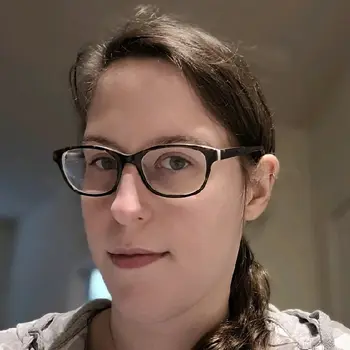Course overview
First, you’ll learn techniques like string indexing and concatenation to interpret, process, and analyze text data. Next, you’ll leverage the lubridate package to overcome the unique difficulties of working with dates and times in R. Finally, you’ll learn how to vectorize a function using the map function.
Best of all, you’ll learn by doing – you’ll practice and get feedback directly in the browser. At the end of the course, you’ll work on the second part of a guided project that will enable you to apply control flow loops and functions to create a reusable data workflow.
Key skills
- Interpreting, processing, and analyzing text data
- Working with strings, dates, and times in R
- Employing the map function from the purrr package
- Completing an in-depth data analysis project workflow using R
Course outline
Specialized Data Processing in R [4 lessons]
String Manipulation in R: Fundamentals 1h
Lesson Objectives- Manipulate string data for data analysis
- Identify typical string manipulation operations
- Define a regular expression
Date and Time Manipulation in R: Fundamentals 1h
Lesson Objectives- Format dates and times in R
- Employ the lubridate library with dates and times
The Map Function in R 1h
Lesson Objectives- Define the map function
- Employ the multiple input variations of the map functions
- Employ the type-specific variations of the map functions
- Define a list-column
Guided Project: Creating An Efficient Data Analysis Workflow, Part 2 1h
Lesson Objectives- Expand your portfolio with a data analysis project
Projects in this course
Creating An Efficient Data Analysis Workflow, Part 2
For this project, you’ll be a data analyst at a book company using R to clean sales data and analyze if a new program successfully boosted purchases and review sentiment.
The Dataquest guarantee
Dataquest has helped thousands of people start new careers in data. If you put in the work and follow our path, you’ll master data skills and grow your career.
We believe so strongly in our paths that we offer a full satisfaction guarantee. If you complete a career path on Dataquest and aren’t satisfied with your outcome, we’ll give you a refund.
Master skills faster with Dataquest
Go from zero to job-ready
Learn exactly what you need to achieve your goal. Don’t waste time on unrelated lessons.
Build your project portfolio
Build confidence with our in-depth projects, and show off your data skills.
Challenge yourself with exercises
Work with real data from day one with interactive lessons and hands-on exercises.
Showcase your path certification
Share the evidence of your hard work with your network and potential employers.
Grow your career with
Dataquest.



